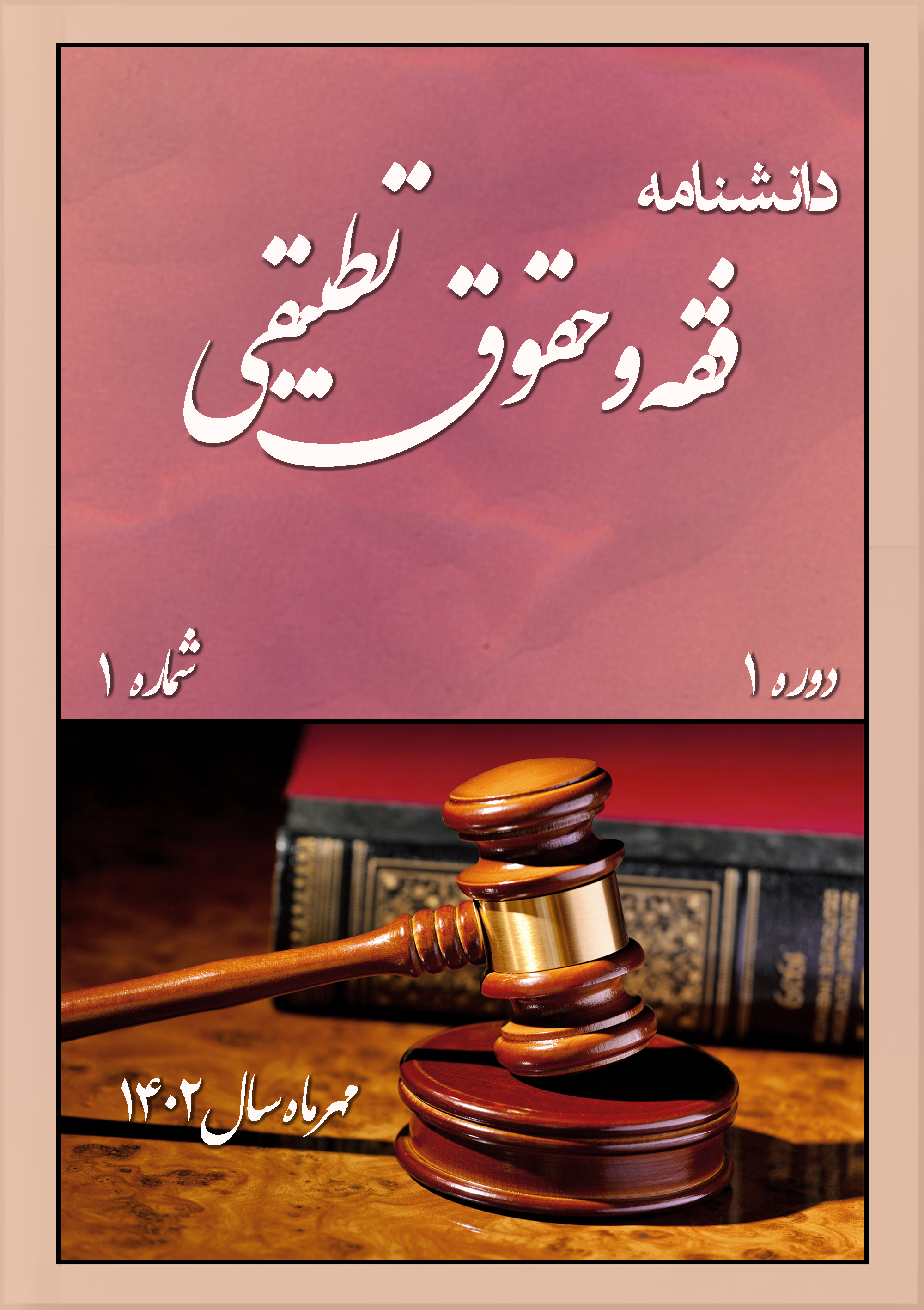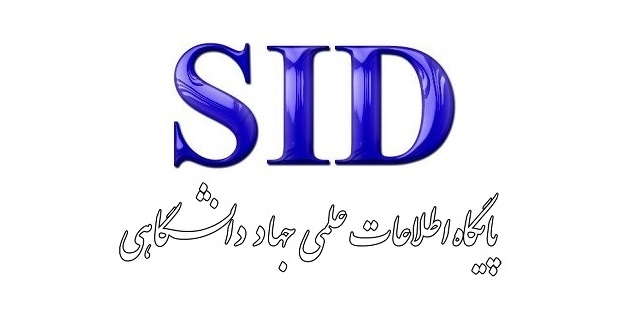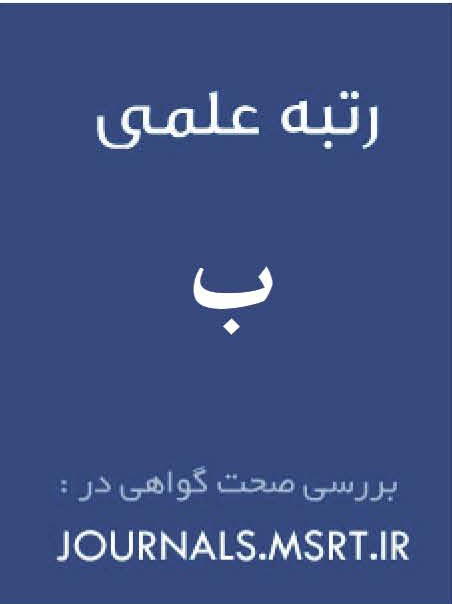Comparative Examination of Victimology in the Crime of Sexual Assault in the Legal Systems of Iran and the United States
Keywords:
Sexual assault, sexual crime, victim, Iranian law, American lawAbstract
This study was conducted with the aim of examining the criminal protections afforded to victims of the crime of sexual assault through a comparative approach between Iran and the United States. Rape, sexual coercion, and sexual deception are considered among the most significant forms of sexual crimes, and the victims of such violence are often children, women, and vulnerable individuals. Accordingly, the criminal legal systems of various countries have established different forms of support for the victims of such assaults. The main issue addressed in this study was to determine what approaches the criminal protections for victims of sexual assault adopt in the criminal legal systems of Iran and the United States. This study, which utilized a descriptive-analytical method and relied on legal and library sources, concluded that the protective approaches for victims of sexual assault in Iran’s legal system are primarily centered on criminal protection, whereas in the United States’ legal system they involve a combination of criminal and non-criminal protections. Moreover, the findings show that Iran’s legislation concerning the criminalization of sexual assault and the protection of victims is directly derived from Shia jurisprudence. In contrast, there are significant differences between the two legal systems regarding their approaches to the protection of sexual assault victims. In Iran, in the process and foundations of criminalization, moral norms play a role equal to that of maintaining public order and individual privacy, while in the United States the focus is more on protecting individual rights and public safety. There is also a profound difference in the concept and criterion of consent between U.S. law and Iranian law, with the latter heavily influenced by the views of jurists. Iranian legislators have imposed difficult evidentiary requirements on victims to prove sexual assault, whereas in the United States the evidentiary burden for this crime is comparatively lighter than for other crimes. Furthermore, the punishment for this crime in Iran, influenced by juristic opinions, is prescribed as death, whereas in the United States legal system, alternative punishments such as imprisonment, security measures, and rehabilitative interventions for offenders are adopted.
Downloads
References
Ardebili, M. (2015). General Criminal Law (Vol. 1). Mizan Publishing.
Azimzadeh, S. (2015). Criminal Protection of Women Against Violence (A Comparison of Iran and the U.S.) University of Tehran].
Baron, R. A., & Byrne, D. (1998). social psychology.
Ebrahimian Salami, F. (2016). An Analysis of the Causes of Sexual Crimes and Ways to Prevent Them in Iran Payame Noor University, Tehran South Center].
Hamidi, F. (2013). Women's Rights, Human Rights. Roshangaran and Women's Studies Publications.
Mir Mohammad Sadeghi, H. (2016). Specific Criminal Law: Crimes Against Property. Mizan Publishing.
Mo'tamedi Mehr, M. (2019). Protection of Women Against Violence in U.S. Criminal Policy. Barg-e Zeytoun Publications.
Najafi Abrandabadi, A. H. (2011). From Victim-Oriented Criminal Law to Restorative Justice. In M. Rajiyan Asli (Ed.), The Victim in the Criminal Process. Khat-e Sevom.
Ne'mati, Z. (2018). Criminal Justice Intervention in the Realm of Sexual Violence Against Spouses in Iran, with an Emphasis on Providing a Desirable Model Tarbiat Modares University, Faculty of Law].
Ramezan Nargesi, R. (2013). Rape and Victimization of Women. Women's Book Quarterly(23).
Salari Far, M. R. (2016). Domestic Violence Against Women: A Study of Causes and Treatment with an Approach to Islamic Sources. Hajar Publishing Center (affiliated with the Management Center of Women's Seminaries).
SEXUAL OFFENCES ACT. (2003).
Downloads
Published
Submitted
Revised
Accepted
Issue
Section
License
Copyright (c) 2025 امین امیریان فارسانی; سید مهران موسوی (نویسنده)

This work is licensed under a Creative Commons Attribution-NonCommercial 4.0 International License.









